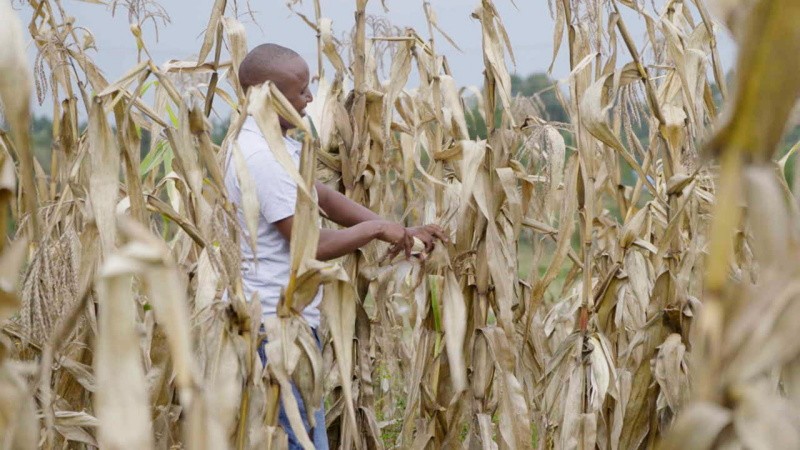Kenya’s National Cereals and Produce Board (NCPB) on Wednesday said it will be buying maize from farmers at the price of Ksh 3,000 per 90kg bag.
This is a KSh 650 increase from the previous purchasing price of KSh2,350 per bag of maize as of Dec 7, 2021 which comes as a ‘relief’ for farmers despite the high cost of inputs.
“The price we are offering will enable farmers to get value for the maize they deliver due to the accuracy of our weighing services,” Joseph Kimote, NCPB managing director said adding that payment for maize will be effected within 24 hours upon delivery.
“There are no administrative conditions for farmers to deliver maize as long as the produce meets KEBS Grade 1 and 11 standard,” Kimote said.
Breakdown of estimated input costs in one acre of maize (Trans Nzoia)
- One acre of maize is hired between KSh. 10,000 to KSh. 15000
- One acre of land is ploughed at KSh. 3000
- Second ploughing costs KSh. 2500
- Two bags of fertilizer for planting cost between KSh. 5000 to KSh. 6000 depending on the fertilizer whether subsidized or bought from the shop.
- Harrowing KSh. 2000 per acre
- Planting labour costs KSh. 2000 per acre.
- Certified Seed per acre KSh. 1500
- Fertilizer for top dressing KSh. 3200.
- Harvesting per acre KSh. 1000.
- Stacking of the maize costs KSh. 1000 per acre.
- Shelling costs KSh. 70per bag.
- Transport to the cereals board costs KSh. 100 per bag.
In October, the Ministry of Agriculture disclosed that this year’s maize production will be 20 per cent lower compared to 2020 attributed to late rains during planting season.
According to the Famine Early Warning Systems Network, a leading provider of early warning and analysis on food insecurity data released on Dec 20, the October to December 2021 short rains largely failed, marking the third consecutive below-average season across pastoral and marginal agricultural areas of eastern and northern Kenya.
“Rainfall in October and November was less than 60 per cent of the 40-year average across much of northern and eastern Kenya, with some areas registering a significant delay to the start of season or no onset of rainfall at all. Increased rainfall in December has improved conditions, but deficits remain severe at 30 to 75 per cent of average.”
In marginal agricultural areas, agricultural production is projected to decline with the cost of cereals rising.
“However, as maize and other staple food prices increase in the coming months, and as poor households rely more heavily on markets to make up for crop losses, household purchasing power is expected to decline in early 2022.”




